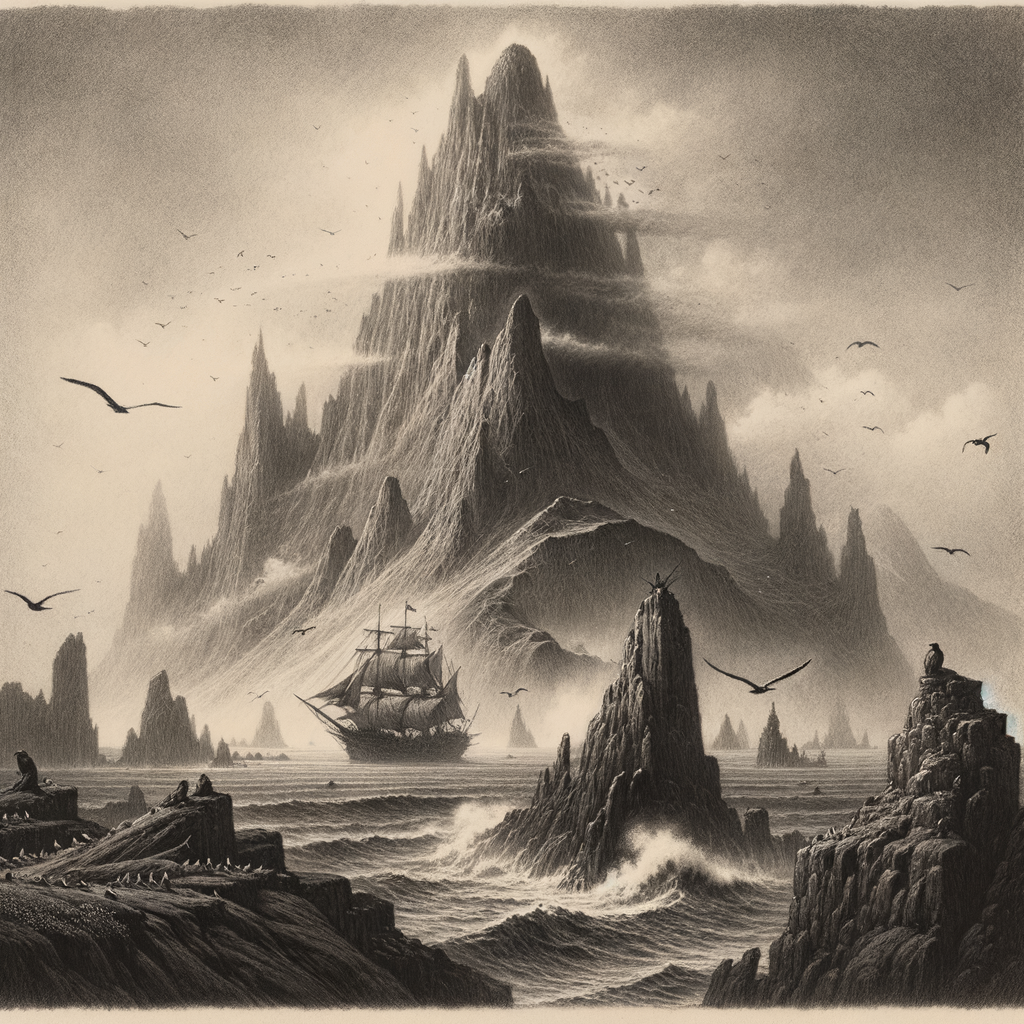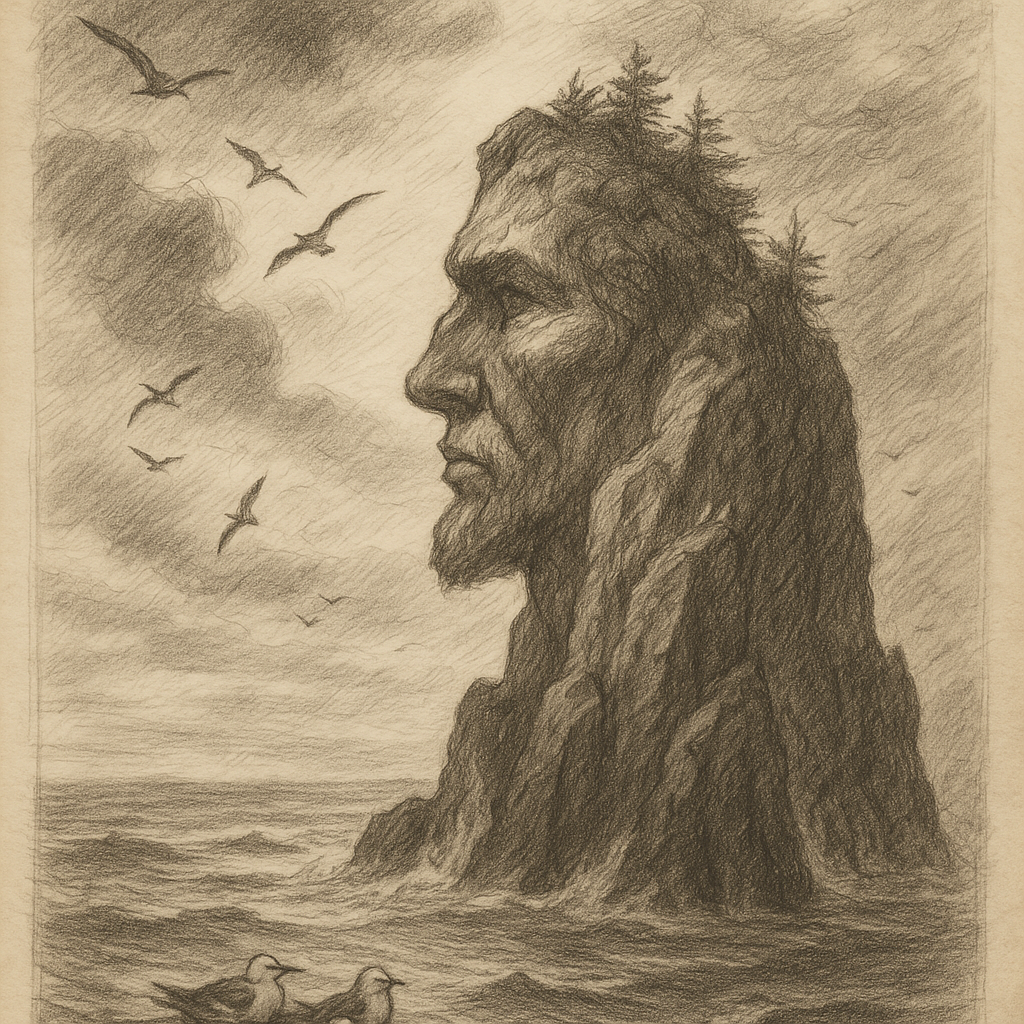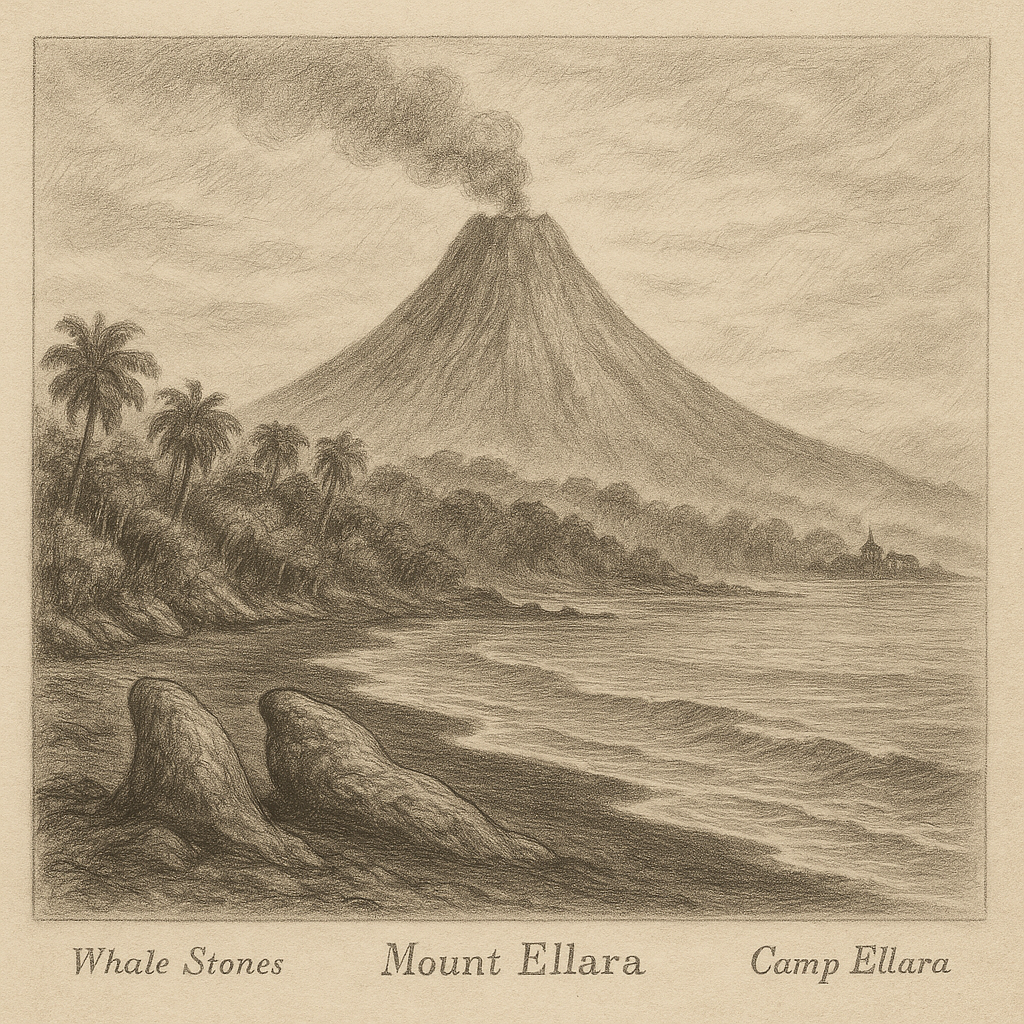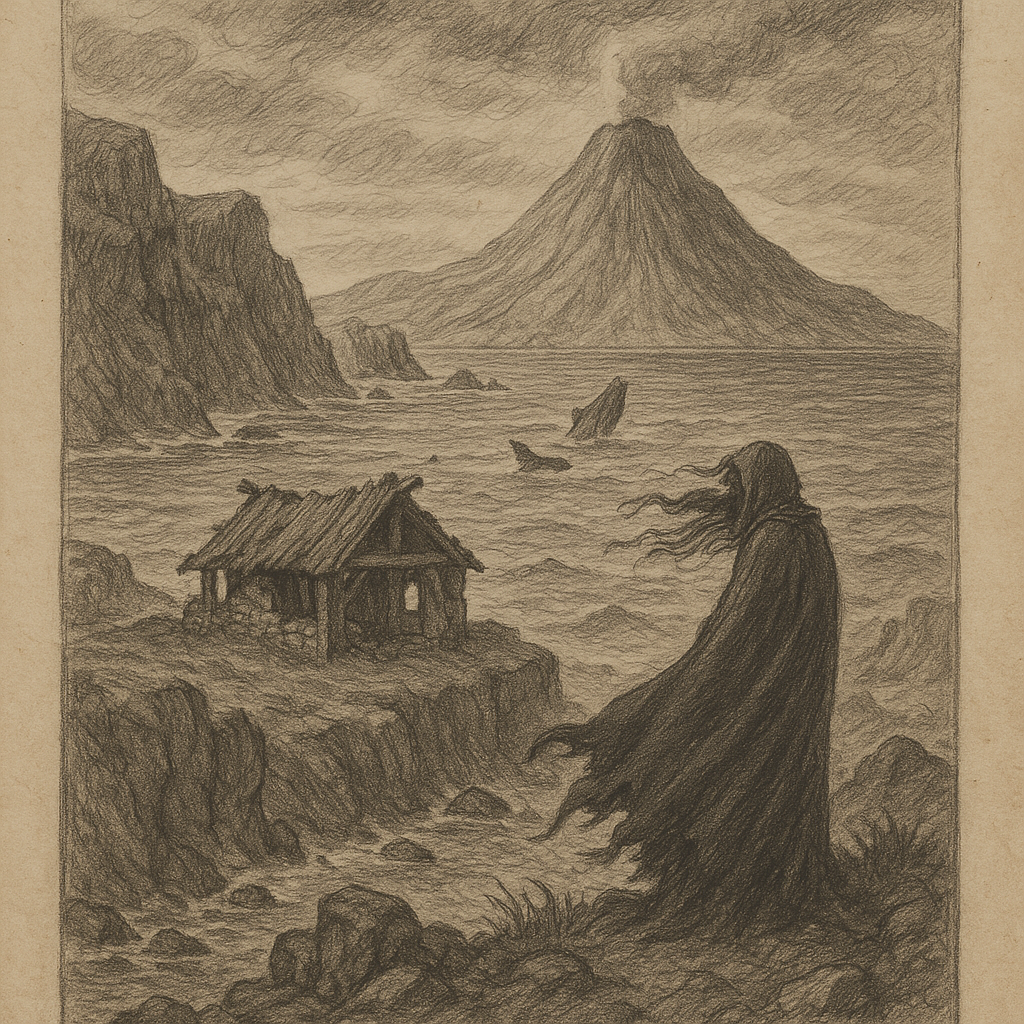Tristanite: The Lost Gem of the South Atlantic
Far removed from bustling cities and well-trodden tourist routes lies Tristanite, a remote and enigmatic island in the South Atlantic Ocean. Officially uninhabited and shrouded in mystery, Tristanite captivates the imagination of explorers, researchers, and adventurers alike. With its extraordinary geological features, unique biodiversity, and a rich tapestry of legends handed down over centuries, Tristanite stands as one of the world’s most intriguing isolated ecosystems.
Location and Geography
Tristanite is located roughly 2,400 kilometers west of Cape Town, South Africa, and nearly 3,300 kilometers east of South America. Tucked amidst the vast expanse of the South Atlantic, the island lies slightly north of the Antarctic Convergence but maintains a cool temperate maritime climate year-round.
The island spans a modest area of approximately 15.2 square kilometers and is dominated by a central volcanic peak, Mount Elranor, rising sharply to an elevation of 742 meters. This extinct stratovolcano is surrounded by steep cliffs and lush green plateaus, forming a dramatic landscape of both ruggedness and serenity. Its geographical isolation and prevailing winds contribute to constant mist and unpredictable weather conditions throughout the year.
Volcanic Origins
Tristanite is of purely volcanic origin and geologically related to the Mid-Atlantic Ridge, where the South American and African tectonic plates slowly drift apart. The island’s formation dates back to the late Miocene epoch, approximately 7 million years ago. The now dormant volcano, Mount Elranor, once displayed powerful activity that shaped not only the island’s topography but also laid down fertile soils that support its striking vegetation.
Surrounding the island, underwater ridges and seamounts hint at the broader volcanic activity that created Tristanite and its submerged siblings. These features form part of the Tristan da Cunha hotspot trail, a line of volcanic activity that points to the shifting of the South American Plate over a mantle plume.
Climate and Biodiversity
Despite its latitude, Tristanite enjoys a cool maritime climate, characterized by high humidity, frequent rain, and moderate temperatures that range between 10°C and 20°C throughout the year. Its remote location and lack of human habitation have allowed a pristine and unique ecosystem to thrive.
Tristanite is home to several endemic species of flora and fauna. Its windswept grasslands and mossy bogs support rare plant species such as the Tristanite fern and the ghost primrose, both found nowhere else on Earth. Among the island’s wildlife, notable residents include the Tristan shearwater, a seabird that nests in large colonies during the breeding season, and the elusive Tristanite rail, a small, flightless bird that was rediscovered in 1999 after being presumed extinct for decades.
Marine life flourishes along the island’s volcanic shelves, where kelp forests provide habitat for green turtles, rock lobsters, and reef sharks. The chilly waters are also migration routes for humpback and southern right whales.
Human Interaction and Conservation
No permanent settlements exist on Tristanite, and the island is under the ecological protection of an international coalition led by the South Atlantic Marine Reserve Authority. Occasional visits by scientists and environmentalists are carefully controlled via a strict permit system, ensuring that Tristanite’s ecosystems remain undisturbed.
All expeditions are tasked with adhering to rigorous biosecurity protocols to prevent the introduction of invasive species—a lesson learned from nearby islands where rats and other non-native animals decimated local fauna. Conservation efforts focus on habitat monitoring, bird censuses, and climate change research, which includes tracking shifts in sea levels and temperature changes around the island.
Curiosities and Fascinating Finds
Apart from its natural beauty, Tristanite has been a site of numerous discoveries that continue to intrigue the scientific community. In 2008, researchers unearthed a series of fossilized bird tracks near the southern cape, indicating that a large, now-extinct flightless bird once roamed the island before its volcanic activity turned hostile.
Unusual magnetic anomalies have also been recorded around Mount Elranor. These have sparked theories of buried metallic meteorites or unexplained geological structures beneath the surface. Geologists have drilled core samples that contain layers of ash not matching the island’s own volcanic composition—hinting at ancient tephra fallout from distant eruptions.
In 2017, a rare deep-sea squid species, later named Enigmatoteuthis tristanii, was discovered in underwater caves around Tristanite, further establishing its role as a biological treasure trove.
Legends and Lore
Tristanite may be lonely, but it is not without stories. According to maritime lore passed down by sailors in the 18th and 19th centuries, the island was believed to be the “Last Sanctuary,” a mythical refuge from storms and shipwrecks. One persistent tale tells of a ghost ship, the “Elva Gran,” eternally circling Tristanite’s shores, its lantern forever lit and its deck manned by long-dead mariners.
Locals from Tristan da Cunha speak of the “Watcher of Elranor,” a mysterious figure in weathered robes seen from time to time near the summit of the peak. Though no permanent population exists on the island, stories tell of faint lights and distant songs drifting through the fog—leading some to believe that the island is occupied by spirits or ancient guardians protecting its secrets.
Older tales tell of a lost colony, said to have fled persecution centuries ago and founded a haven on Tristanite’s misty highlands. While no archaeological evidence has conclusively supported this theory, occasional findings of stone tools and simplistic carvings keep the myth alive.
Access and Future Prospects
Access to Tristanite is strictly limited. The rough surrounding seas make the island reachable only by a few chartered research vessels annually, and even then, calm landing conditions at the stony shorelines are rare. Helicopter landings are deemed too risky due to unpredictable winds and poor visibility, making Tristanite an ultimate frontier for modern explorers.
Long-term aspirations for Tristanite include the establishment of a permanent ecological observatory and perhaps even an international environmental research station. However, given the fragility of the island’s ecosystem, all human activity is carefully weighed against its potential impact.
Conclusion
Tristanite remains one of the most mysterious and untouched gems of the South Atlantic, a place where nature reigns supreme and ancient legends still whisper in the mist. Whether viewed as a sanctuary, a scientific marvel, or a lingering echo of a forgotten civilization, Tristanite continues to stir wonder in all those who dare to explore—even if only in their imagination.



